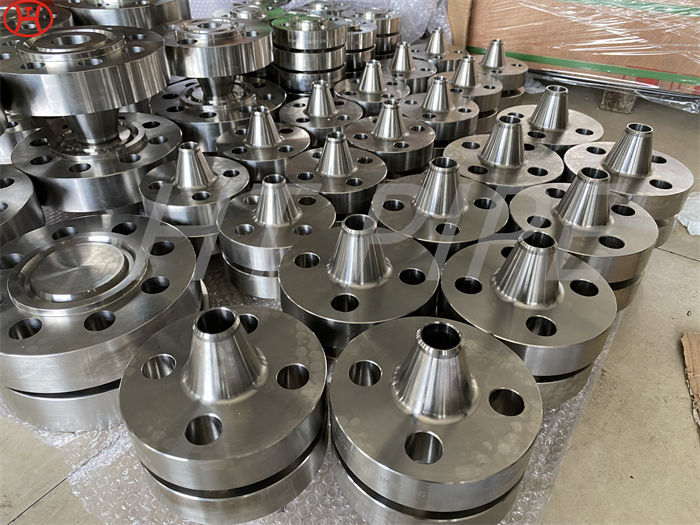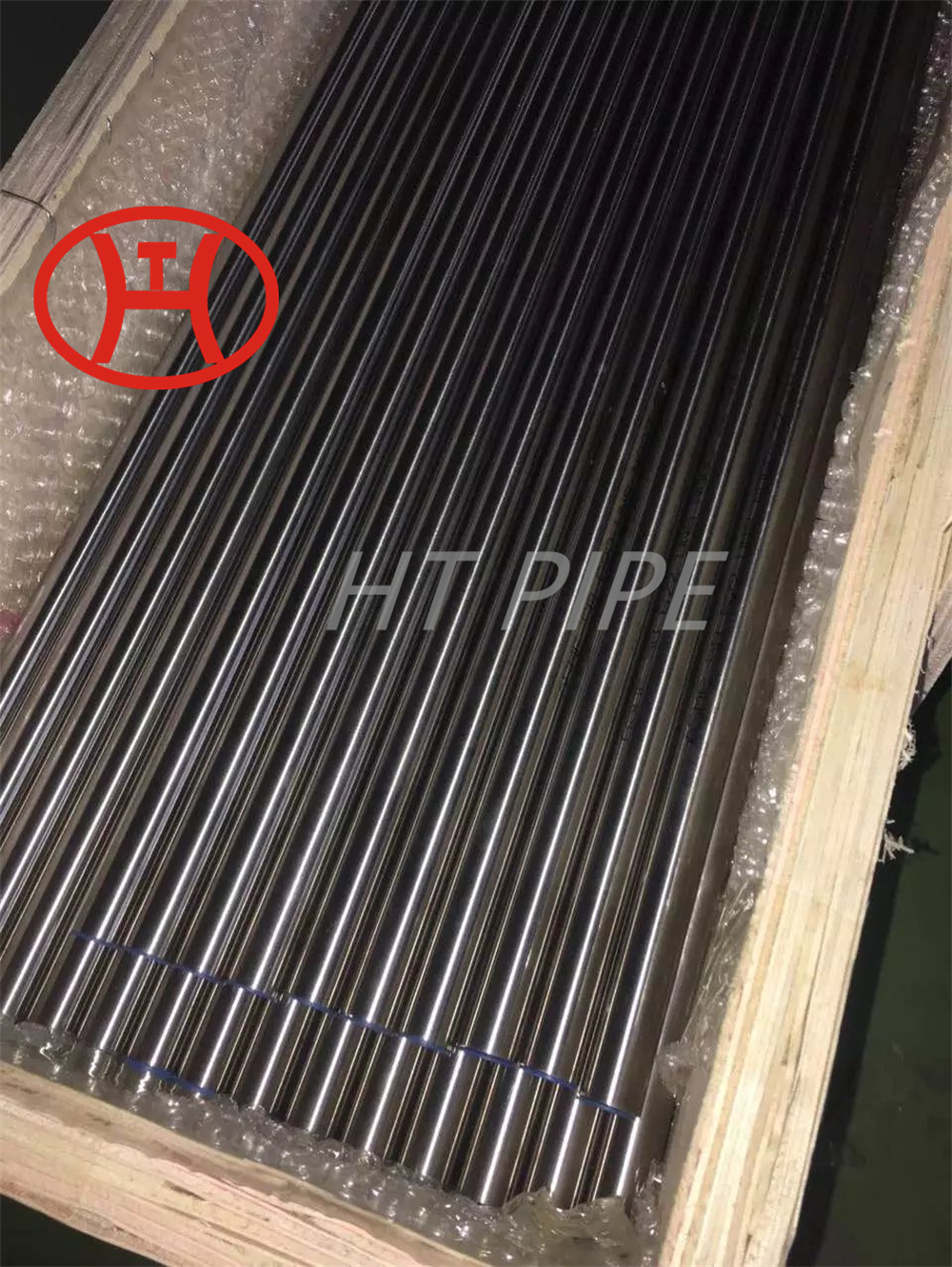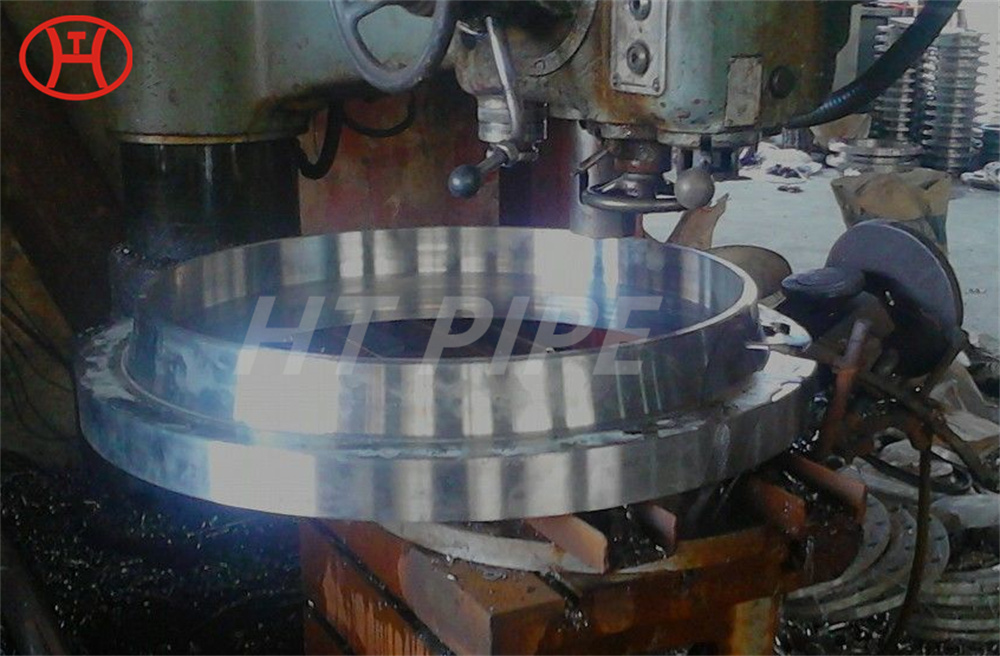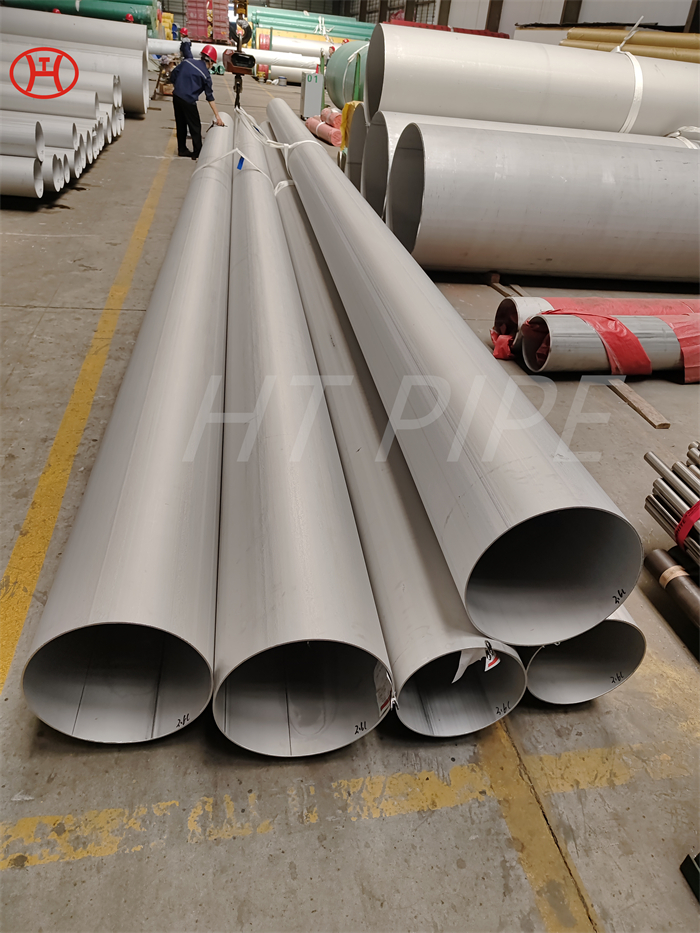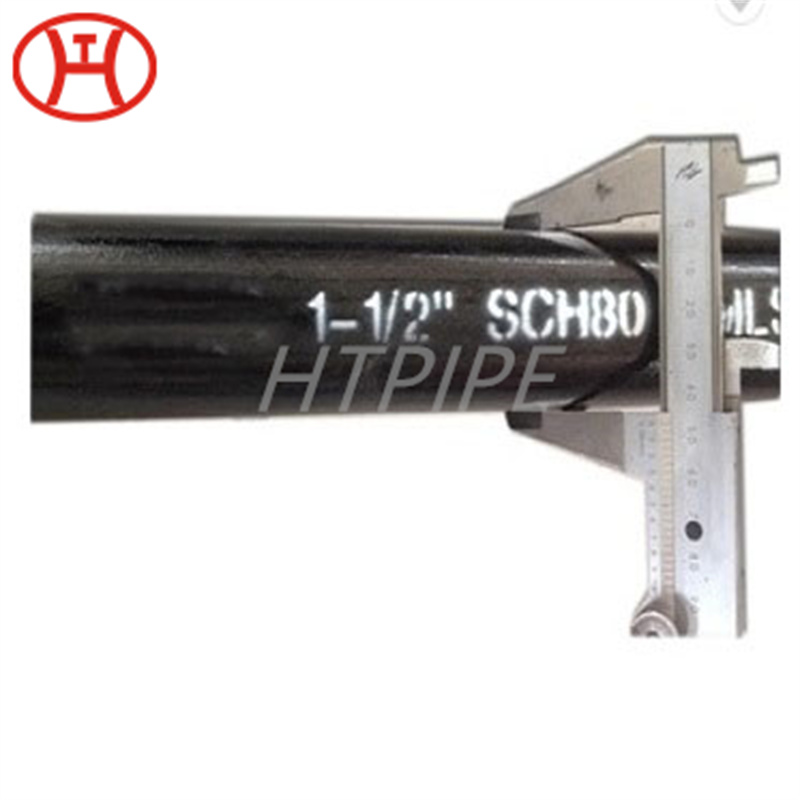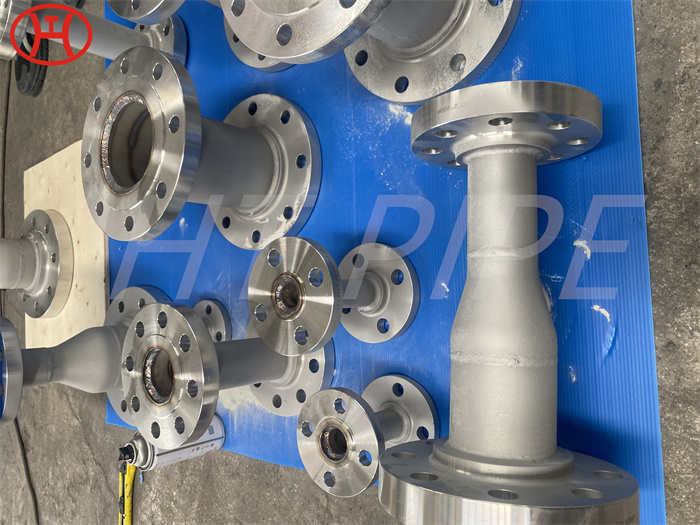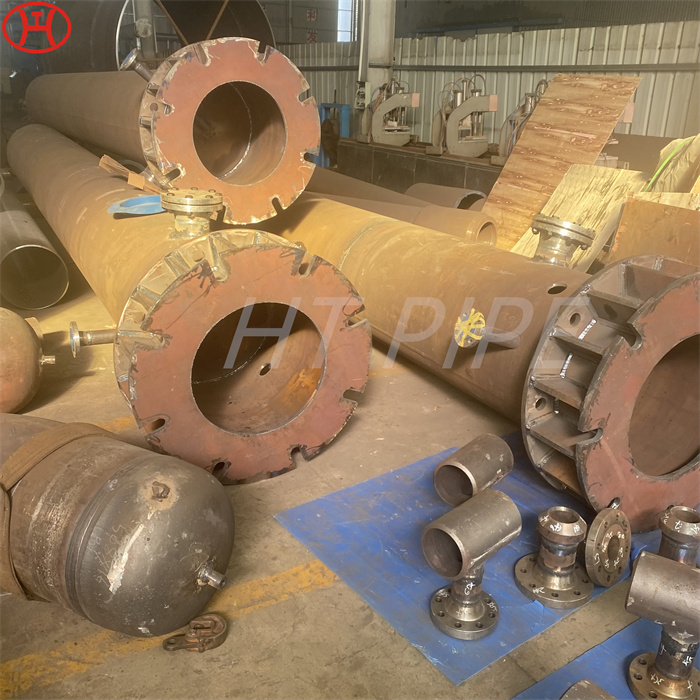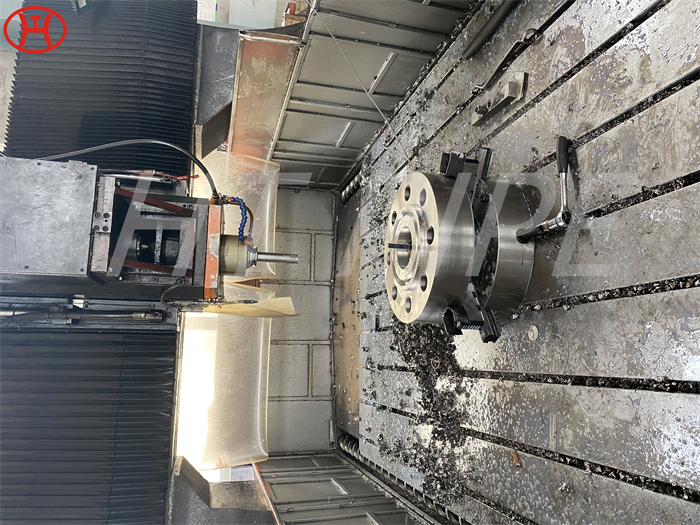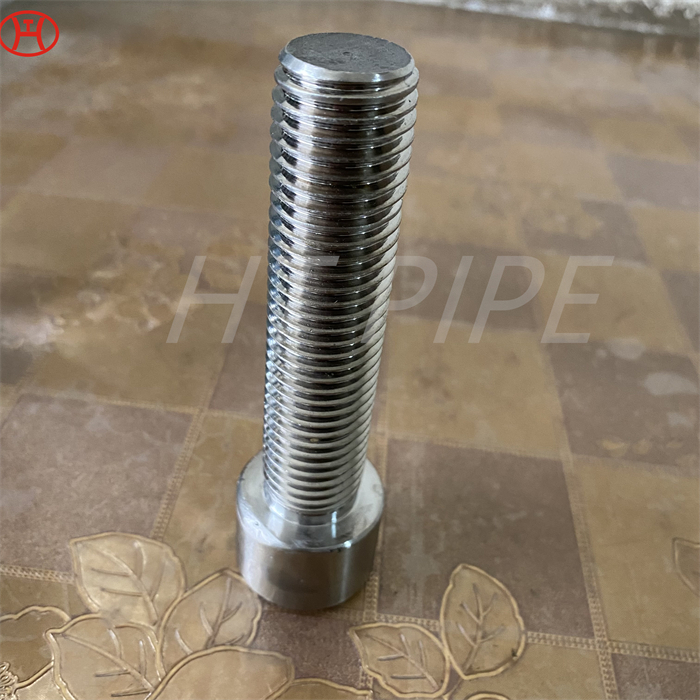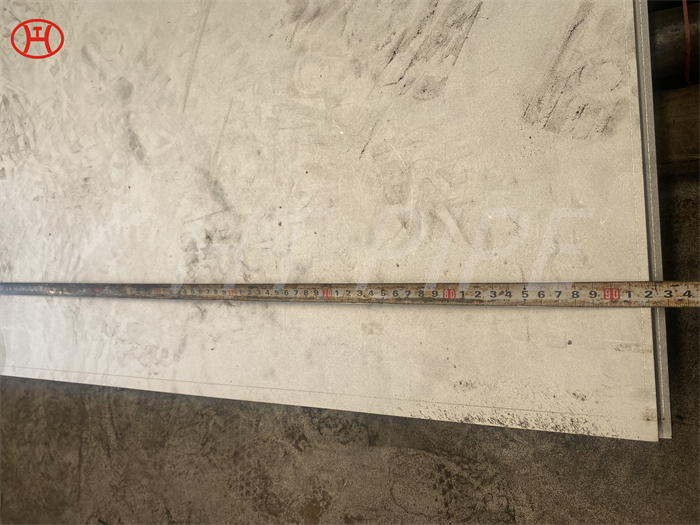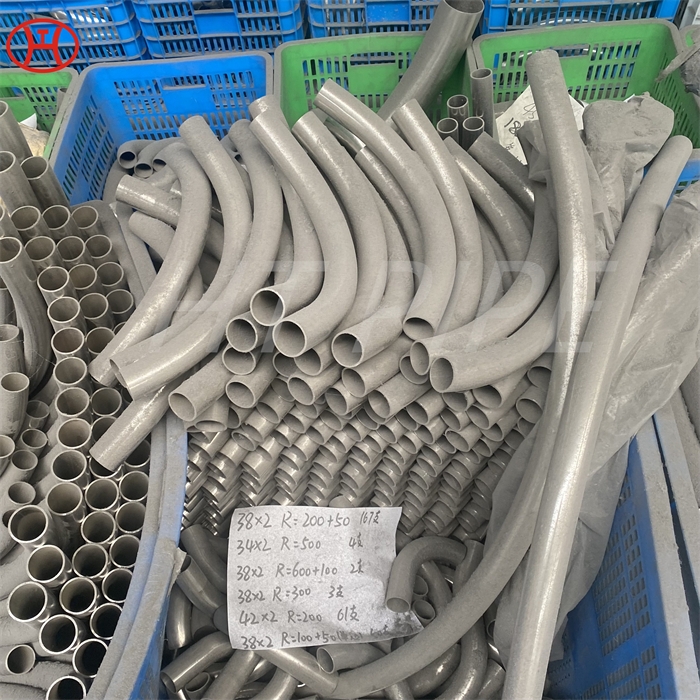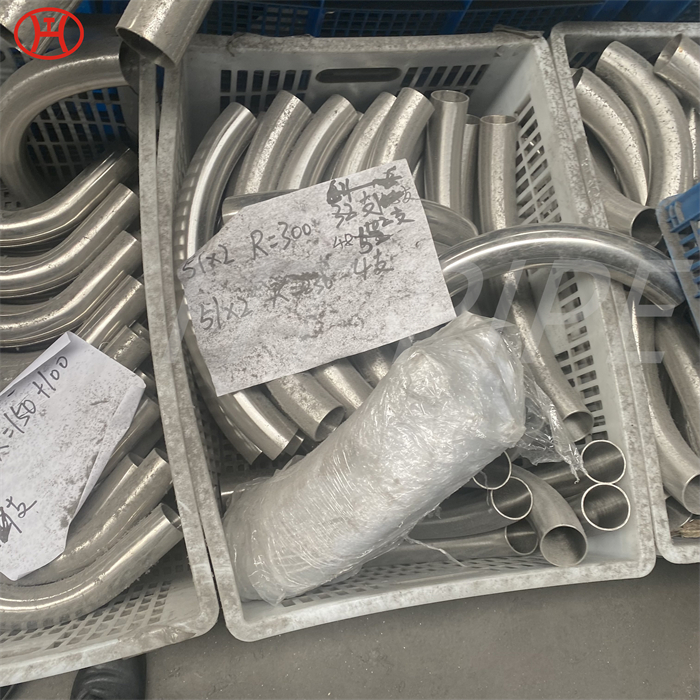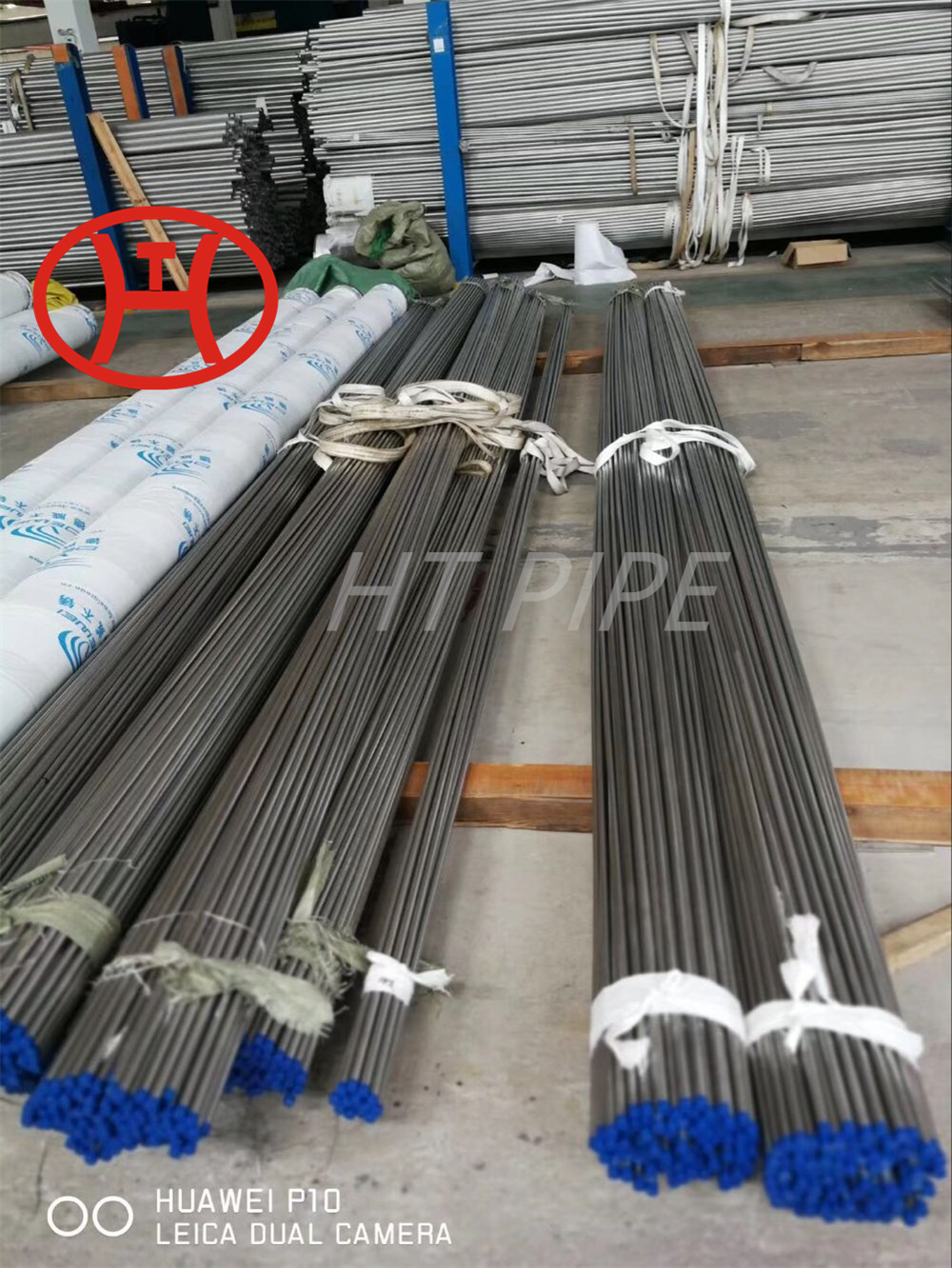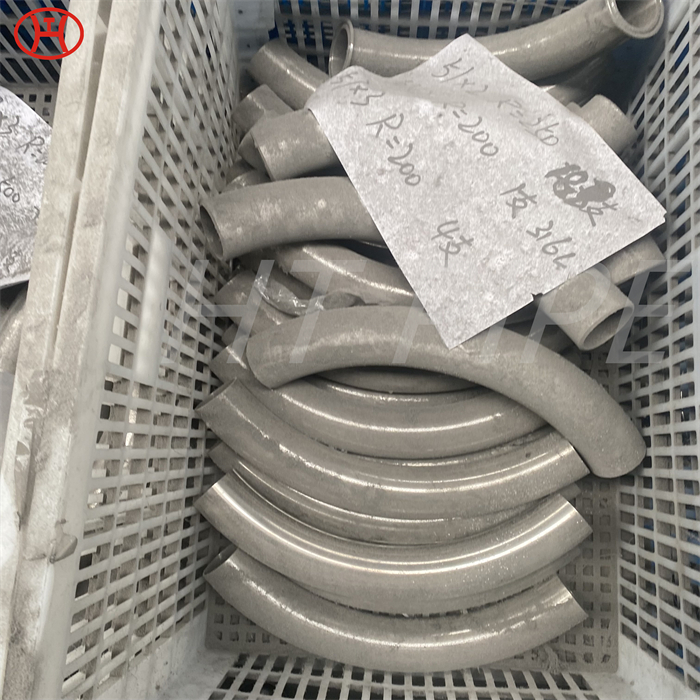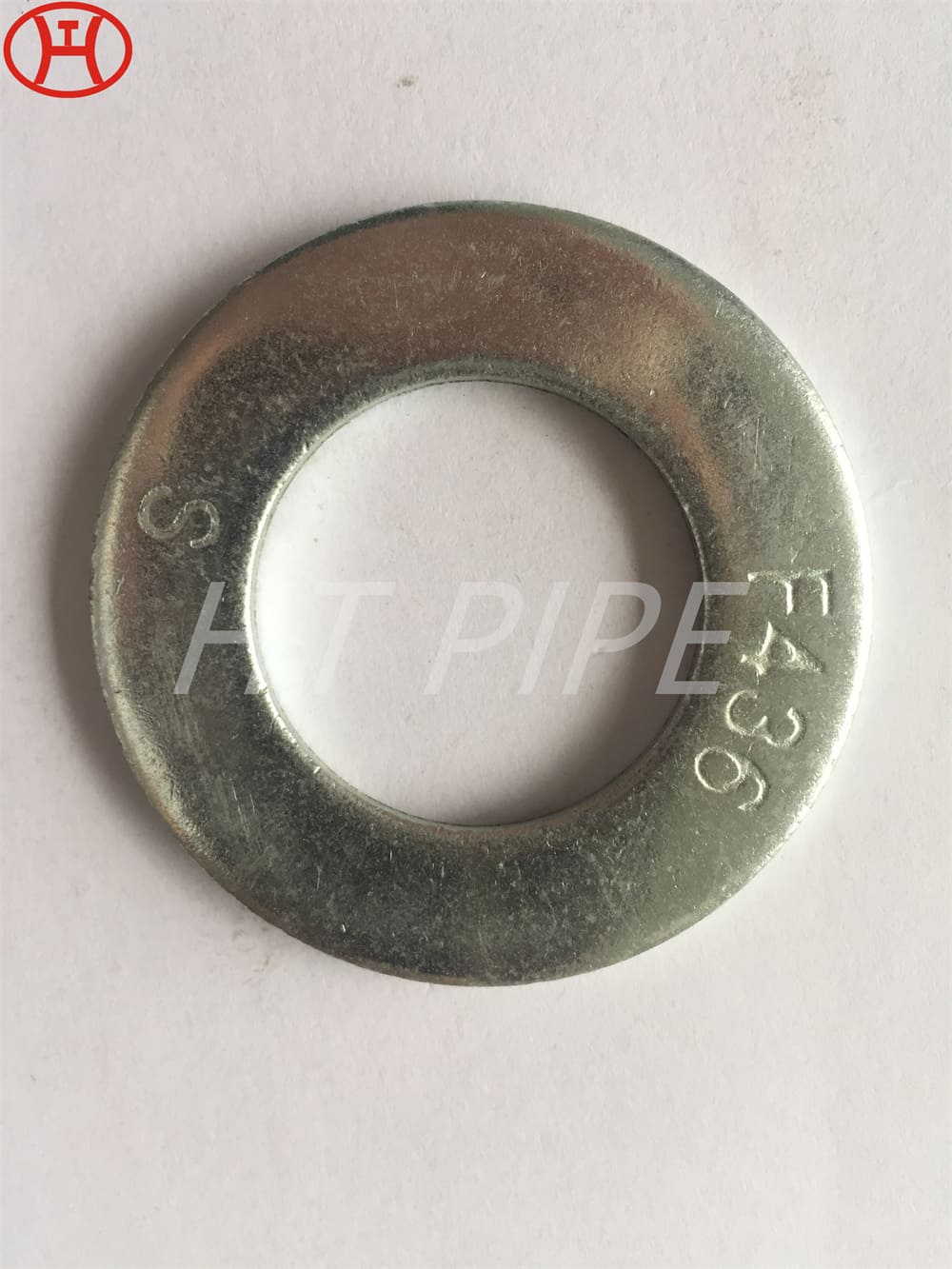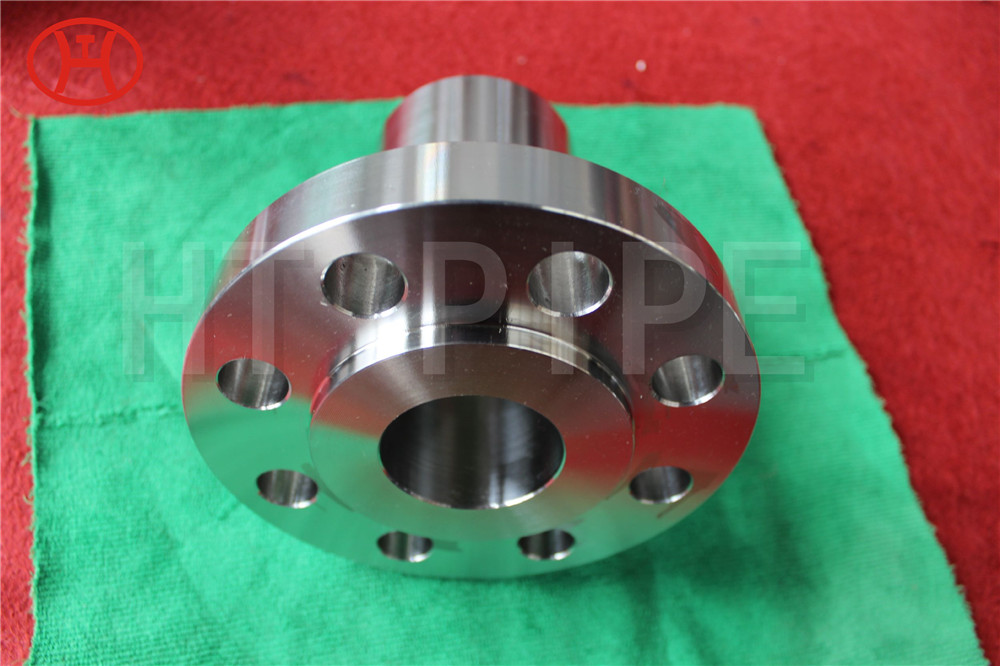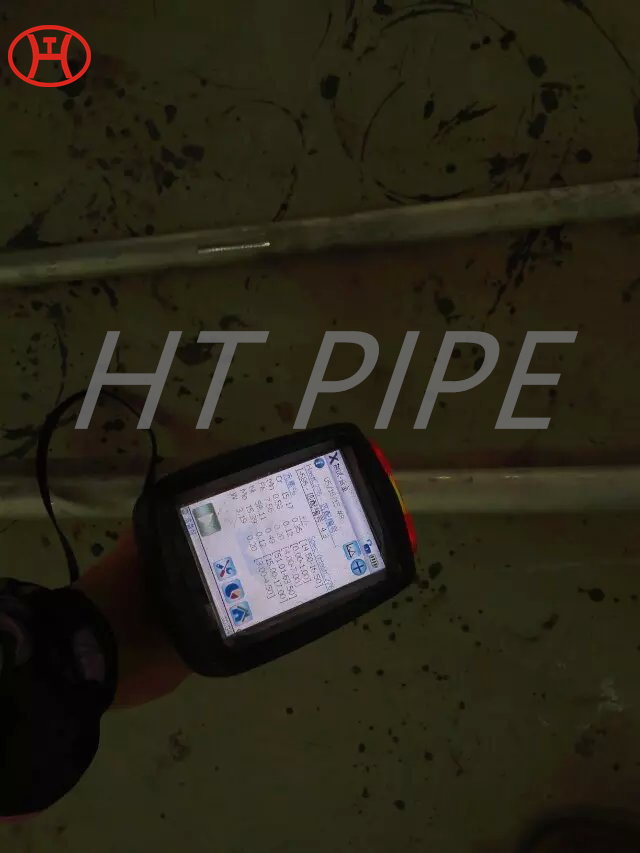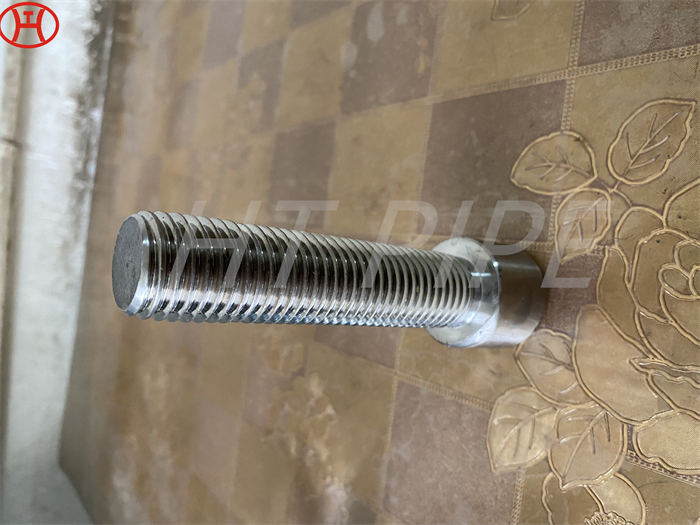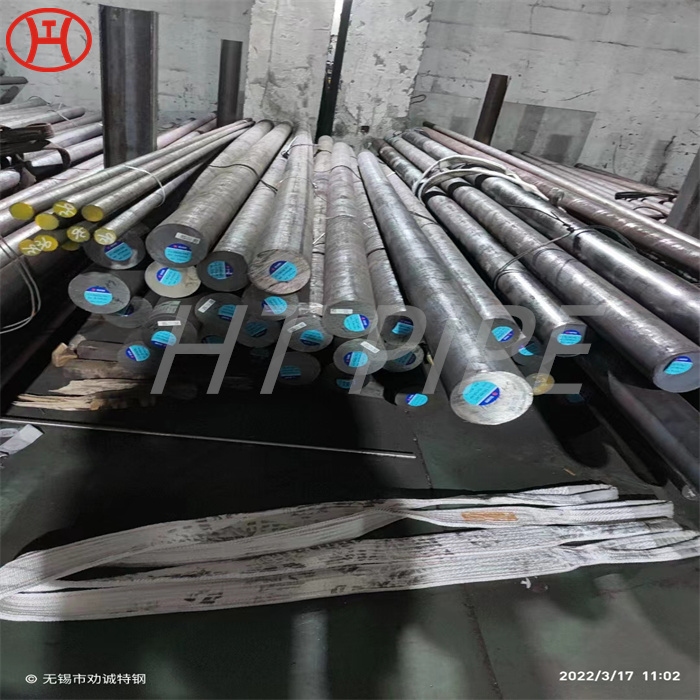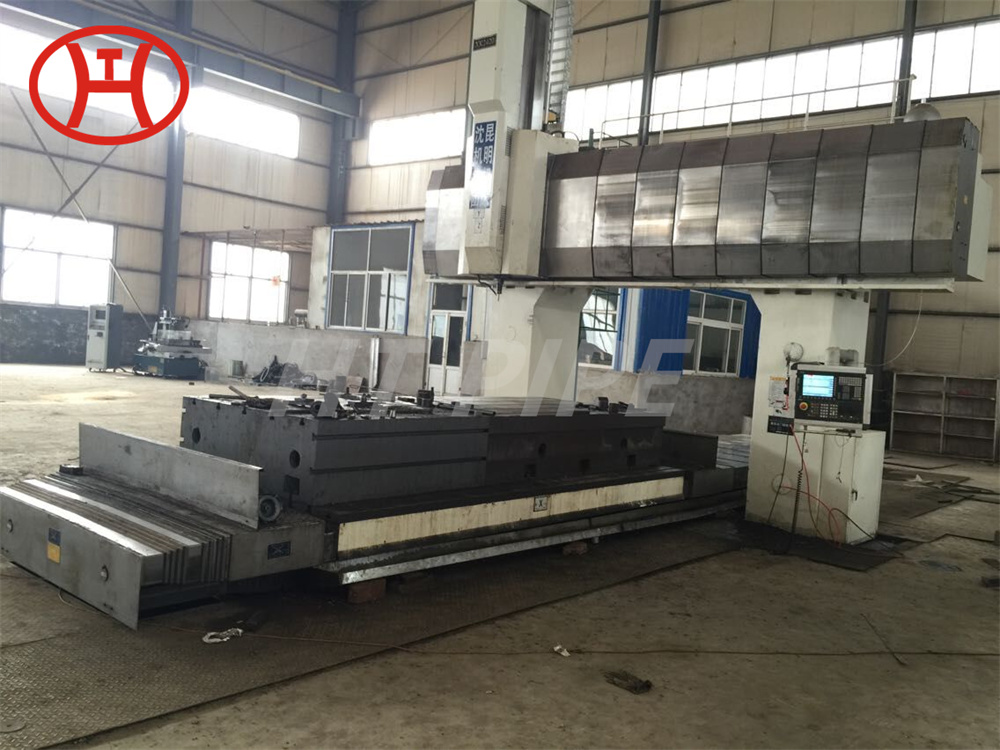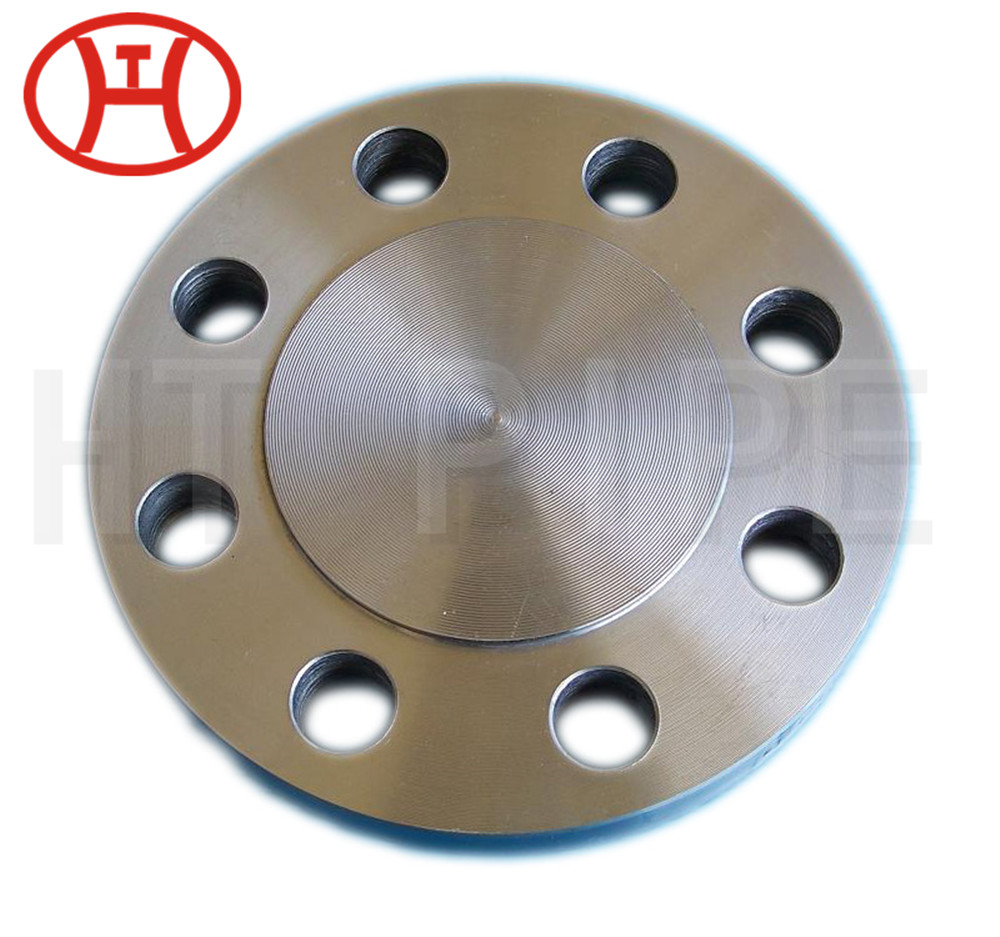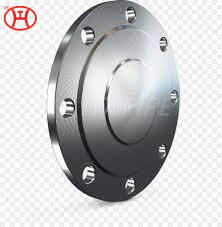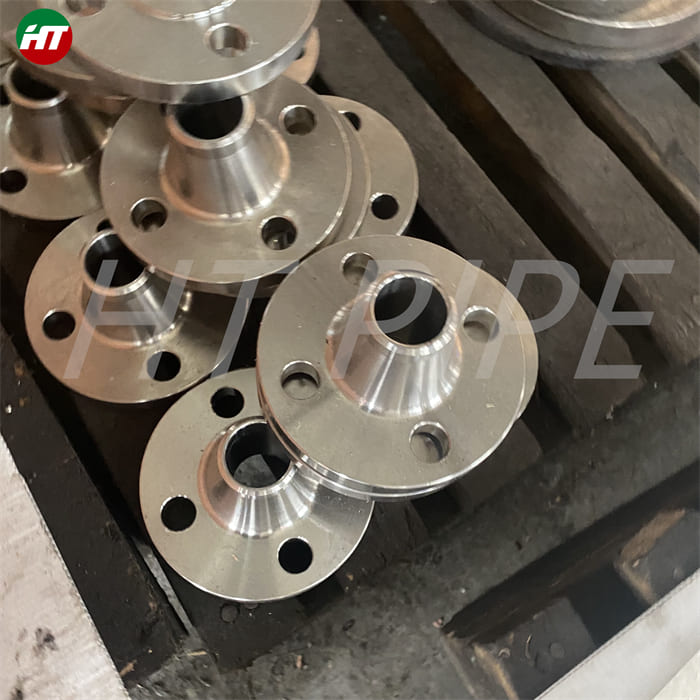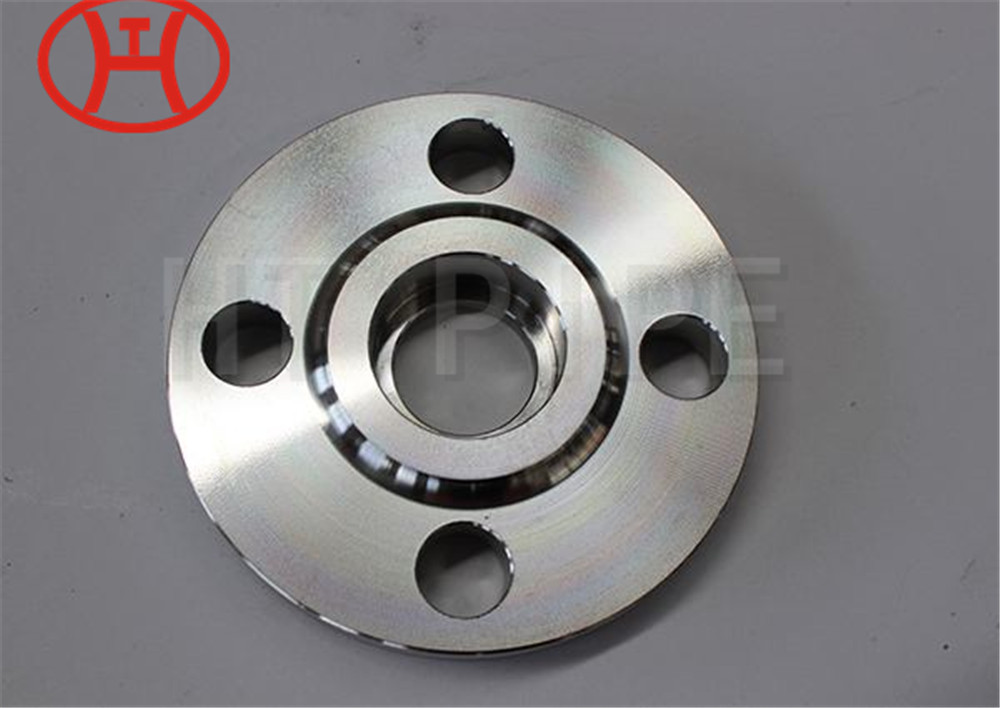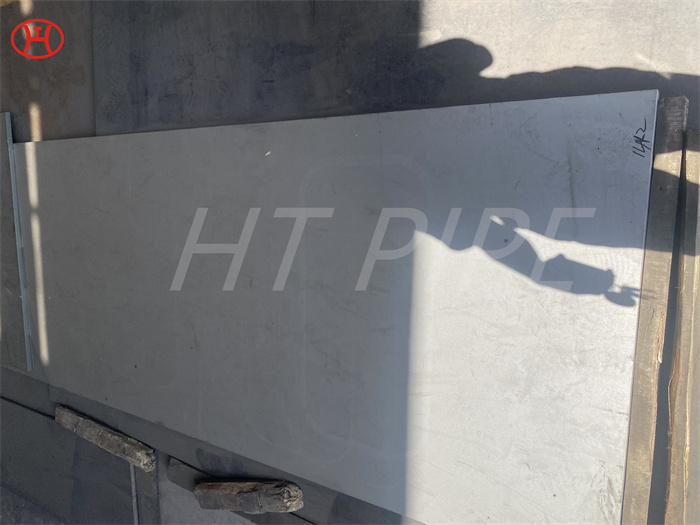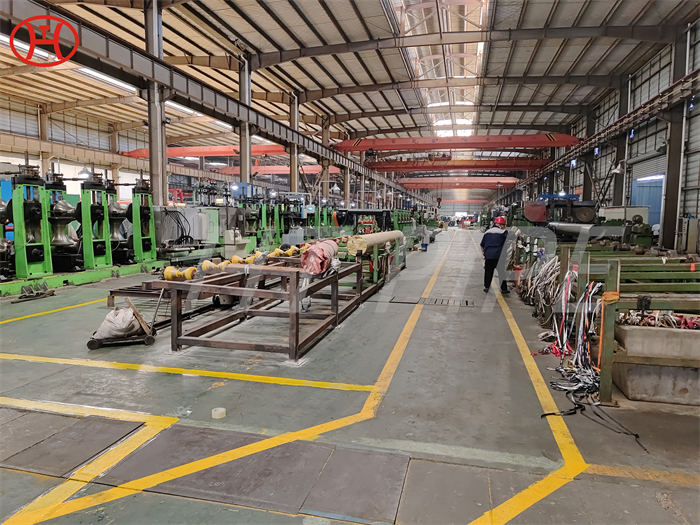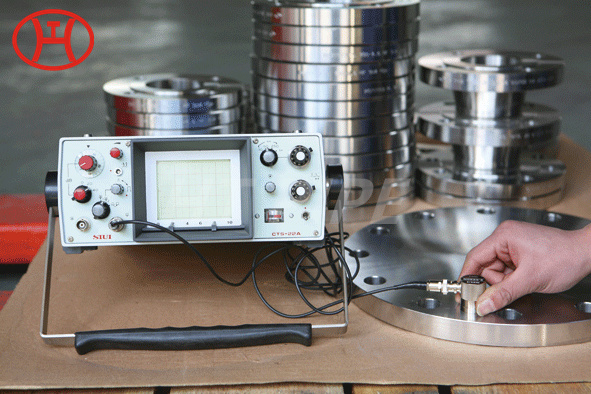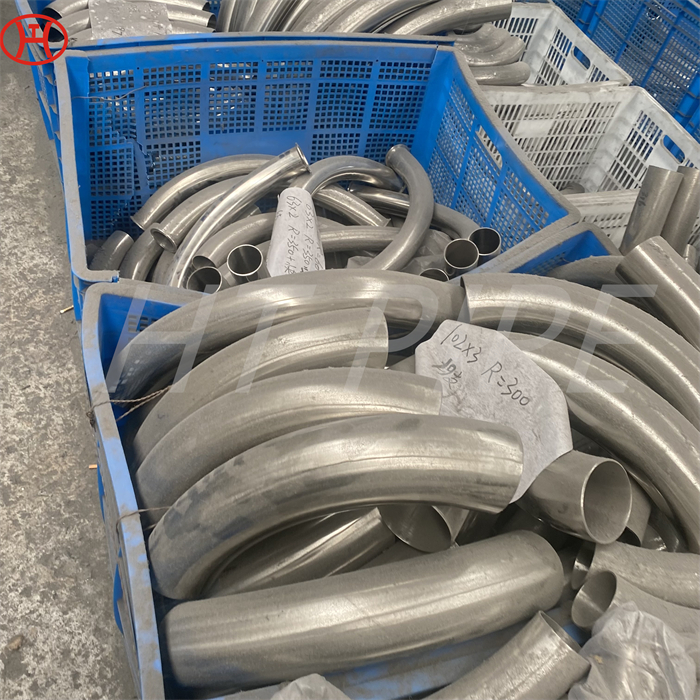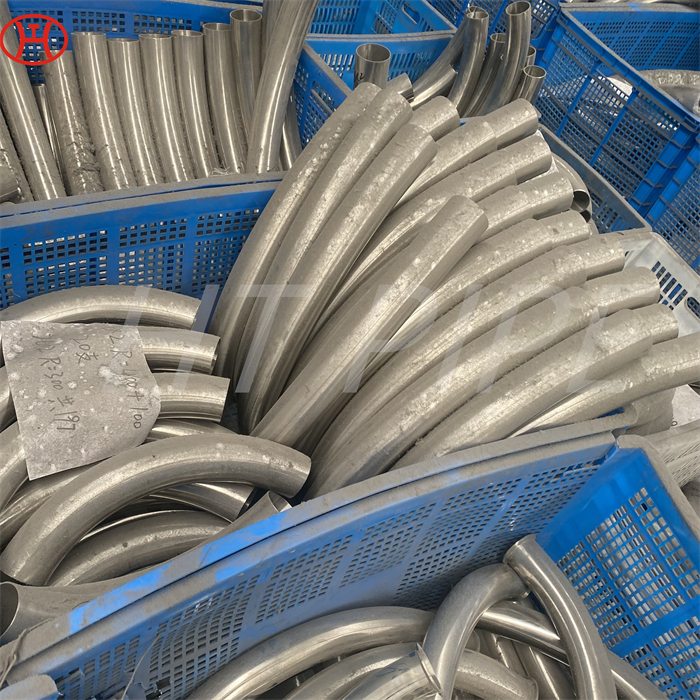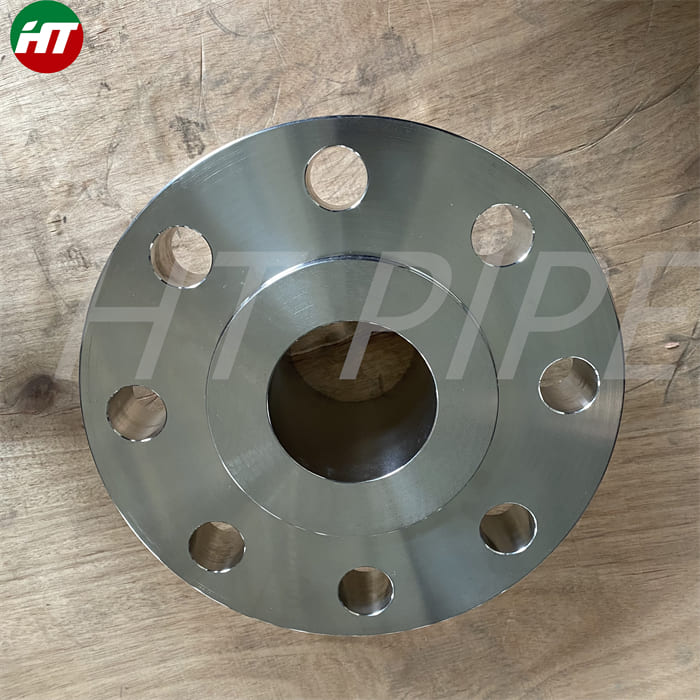
Hastelloy C22 Threaded Screwed Flanges Dimension Hastelloy C22 Orifice Flanges
The best feature of Hastelloy C22 threaded flanges is that it has the best resistance to oxidizing aqueous media and a wide range of chemical process environments, including oxidizers like ferric acids, seawater, and chloride solution.
The high grade of Hastelloy C22 Flanges is mainly used to stop one end of the flanges and the opening of a pressure valve or an orifice valve. This high quality of Hastelloy C22 Flanges is used widely in a wide variety of hazardous waste management technologies where excellent corrosion resistance is mandatory. The high content of chromium in the alloy is what provides these flanges with much higher resistance to oxidizing media in comparison to the Hastelloy family i.e. C-276 alloy. We focus on following all the international and national trends and standards to provide the best quality and quantity of products. At our organization, we have a team of professional experts. They perform all those manufacturing processes to produce the very fine grade of Hastelloy C22 Flanges by maintaining the quality standard of the product.







